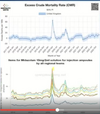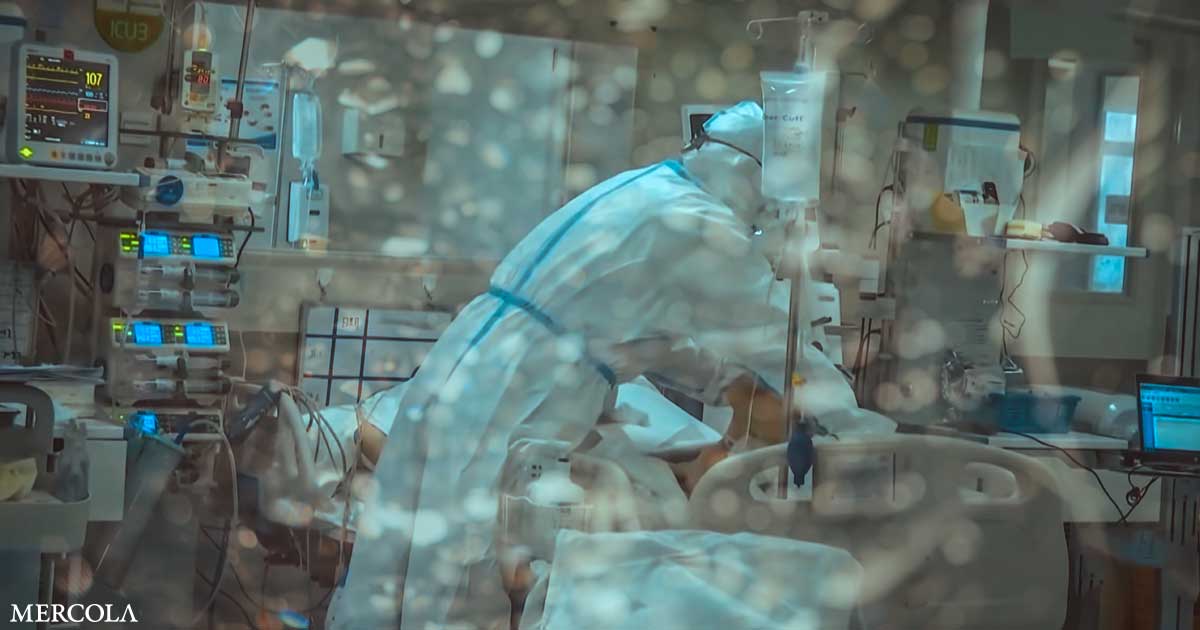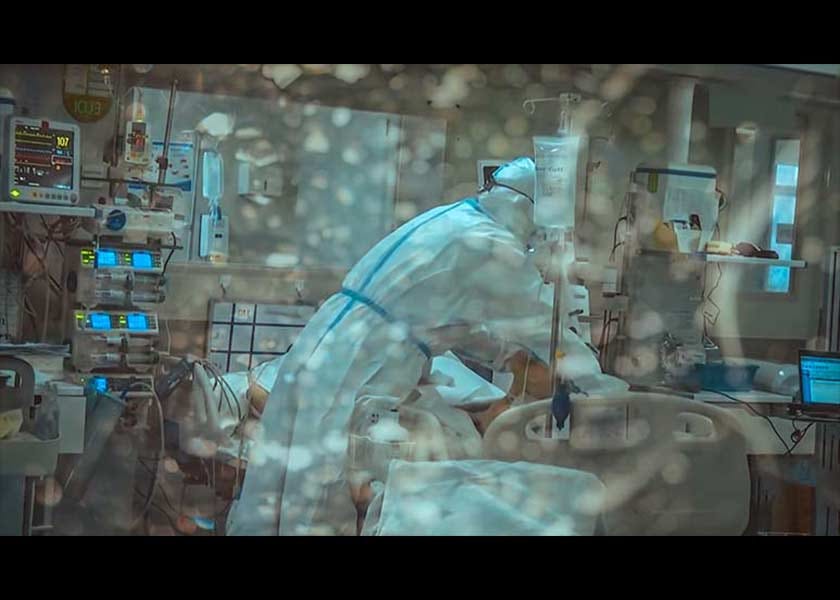VACCINE FALLOUT: David Martin says best case scenario for covid jabs is "about 600 million people incapacitated"
Dr. David Martin
spoke with Seth Holehouse recently about the number of people who either already are or will be incapacitated due to either receiving Wuhan coronavirus (COVID-19) "vaccines" personally or having to take care of someone they know who did and became injured – and the numbers are
ugly.
Starting with the number three billion, which is a rough estimate for how many people around the world took a COVID injection or injections, Martin looked at which jab lots and batches were most harmful and which were least harmful. From that,
he calculated that around 600 million people in a best-case scenario will soon be incapacitated – if they are not already incapacitated. "If we start with the number three billion, and then we start looking at 'what were these problematic lots and batches?' which is the way I've looked at this thing from the standpoint from the way I look at the world, because I look at the world through the lens of risk management and risk transfer," we arrive that this figure, Martin explained. "Most people don't know that my corporation is involved in risk management," Martin added. "We happen to do financial risk management, but we are very intimately involved in the broader sector of what we think of as actuarial sciences that give rise to insurance."
After looking at the numbers and evaluating the lots most associated with extremely high numbers of adverse reactions, Martin believes that the number of people worldwide who will lose, or already have lost, their ability to function as normal in society will be the equivalent of two United States populations combined.
"There's been a lot of conversation about the fact that there are certain batches that had high degrees of problematic adverse events, and then certain batches that seemed to have no effect at all," Martin explained. "If you look at the number of problematic batches – you're talking about seven to 15 percent, somewhere in that range – of all the batches ... that had extremely severe adverse events ... we're talking about in the best case ... we're talking about permanent death and disability to 300 million people – that i the best case. That is the entire population of the United States distributed across the world – that is the number we're talking about and that is the best case."
The unleashing of COVID "vaccines" was one of the worst genocide events ever to occur in human history
Martin estimates that upwards of 300 million people around the world have personally succumbed to or been incapacitated due to having taken a COVID shot or shots. Such incapacitation includes long-term health problems such as stroke, paralysis, neurodegenerative problems, Alzheimer's disease, and other things resulting in disability. Another 300 million people
at least will be taken out of the workforce and out of normal everyday life by the sheer fact that they will have to look after the other 300 million people. This incapacitated group may include family members, friends, and caretakers of the sick and disabled who got jabbed. "Putting this into context, when we think about what this means ... the amount of care that is required to deal with people who are suffering from long-term effects ... what we know is that this 300 million people take out another 300 million or more people because these are people who will not be able to be part of the contributing economy," Martin said. "They're not going to be able to do the things they have historically done because they will be, in fact, involved in the near 24/7 care of the individuals who are actually in that other 300 million. So, we're talking about 600 million people incapacitated." The latest news about the devastating impact of COVID injections on human health can be found at
ChemicalViolence.com Sources include: Rumble.com NaturalNews.com
Source:
VACCINE FALLOUT: David Martin says best case scenario for covid jabs is



